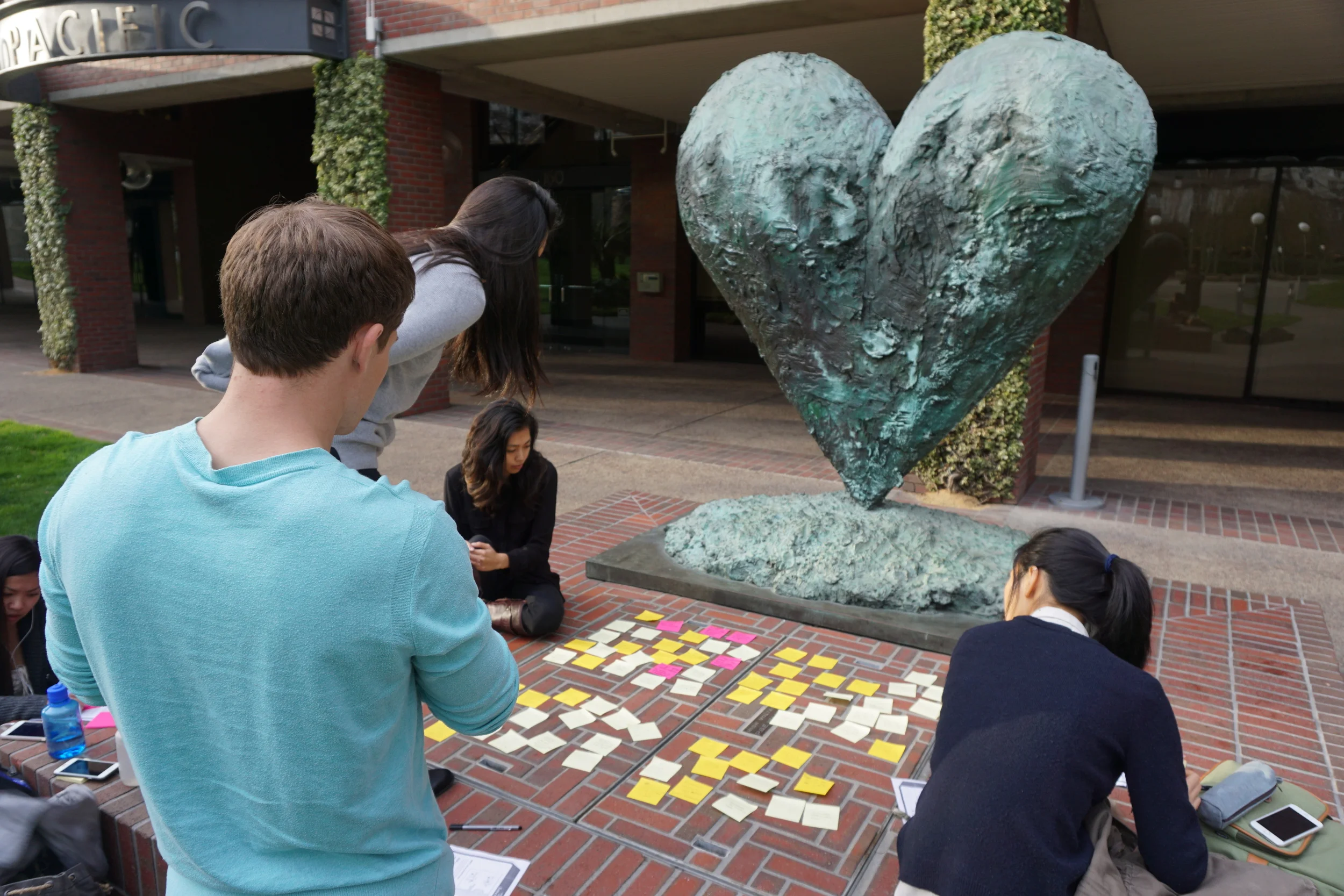

Starcity
Create a people centered approach to community design and real estate development
Starcity
Create a people centered approach to community design and real estate development
Overview
Make real estate development more people centric
I worked with Starcity’s executive team to apply the best practices of user experience (UX) design and research to their community design and real estate development process.
“Kirby oversaw a project team of designers working on a complete redesign of a feature in our mobile app. The timeline was tight and he and his team delivered excellent, insightful results. His focus on really understanding the user, his command of iterative design processes, and his adept project management skills were all a great asset to Kinsa. ”
Context
Discover what Kinsa does
Kinsa’s mission is to track and stop the spread of contagious disease. The company has developed the first FDA-cleared smartphone thermometer that works with associated Android and iOS mobile apps to help parents by assessing their kid's symptoms, providing age specific health guidance, and sharing what illnesses are going around their kid's school. See video below for product demo.
My Role
Lead all facets of the project
My role was to recruit and lead a product design team, oversee client management, conduct user research, and execute on the UX and UI design efforts.
“Kirby successfully led a design team through a deep dive into our Groups product and FLUency program. The insights from their user research and design sprint delivered valuable impact by helping us test and prioritize important feature development. The team did a great job partnering cross-functionally with Kinsa throughout the entire project.”
Apply design thinking to the problem
We pursued an iterative, five step process to address the problem of helping parents prevent illness in their kids and in their kid's fellow students at school. We researched and designed for moms, in particular, as the vast majority of Kinsa's users are moms. Kinsa is also specifically targeting moms in their marketing and for future user adoption.

Copy of Empathize
Copy of Empathize
USER INTERVIEWS
Close the empathy gap
While we can never fully understand the perspectives of those we design for, we must recognize that an empathy gap exists between us and the users. We started our process by conducting contextual interviews with 21 moms, mostly in their homes, to develop an in-depth view on who are target users are, what needs they have, and what motivates their behaviors.
Learn from moms' life context
When possible, we went into moms' homes and had them walk us through the last time they cared for their sick child. We used a variety of ethnographic methods to better understand their perspectives, including guided storytelling, contextual interviews, artifact inventory, and home tours. The interviews guides we used are here.
Discuss what moms say, do, think, and feel in moments of need
We conducted multiple variations of empathy mapping during our user interview process to share our users' perspectives with each other and to consider any potential refinements to our interviewing approach. This mapping was discussion based and enabled our team to start really appreciating what our users were saying, doing, thinking, and feeling when they are seeking to prevent their kid from being sick or when they are treating their sick kid.

Copy of Ideate
Copy of Ideate
Design Workshop
Bring stakeholders together to ideate
I developed and hosted a 14 person design workshop with our design team and folks from Kinsa, ranging in functions from software development, product, marketing, program management, and design. The workshop began with lightning talks to review key topics and a discussion of "How Might We" address various user needs and behaviors.
Diverge and converge on what's possible
The process of showing our ideas began with divergent sketching. We then would converge with silent dot voting and discussions on which concepts we suspected users would find most engaging. The workshop consisted of multiple iterations of this process and ended with us having agreement on next steps.
Decide where to focus for prototyping
One area we decided to focus on was the Community Board concept, which featured posting, commenting, tagging, and voting functionality. This feature addresses the need for moms, especially anxious or relatively less experienced moms, to communicate with other moms for the sake of learning what is "going around" the school and to better understand their kid's symptoms.
The health card was another area of focus for prototyping. It was designed to provide moms the most relevant snapshot of information whenever they visit the Groups landing page on the mobile app. We decided to prototype and test five variations of the health cards to get a better sense of what information moms would deem most useful.
The Care Coordination concept was our big idea we were going to test with moms in a separate prototype, as it would require entirely new product infrastructure. We decided to focus on this concept because many moms, especially busy or relatively more experienced moms, indicated that getting help with illness care was often a more salient need than prevention.



























